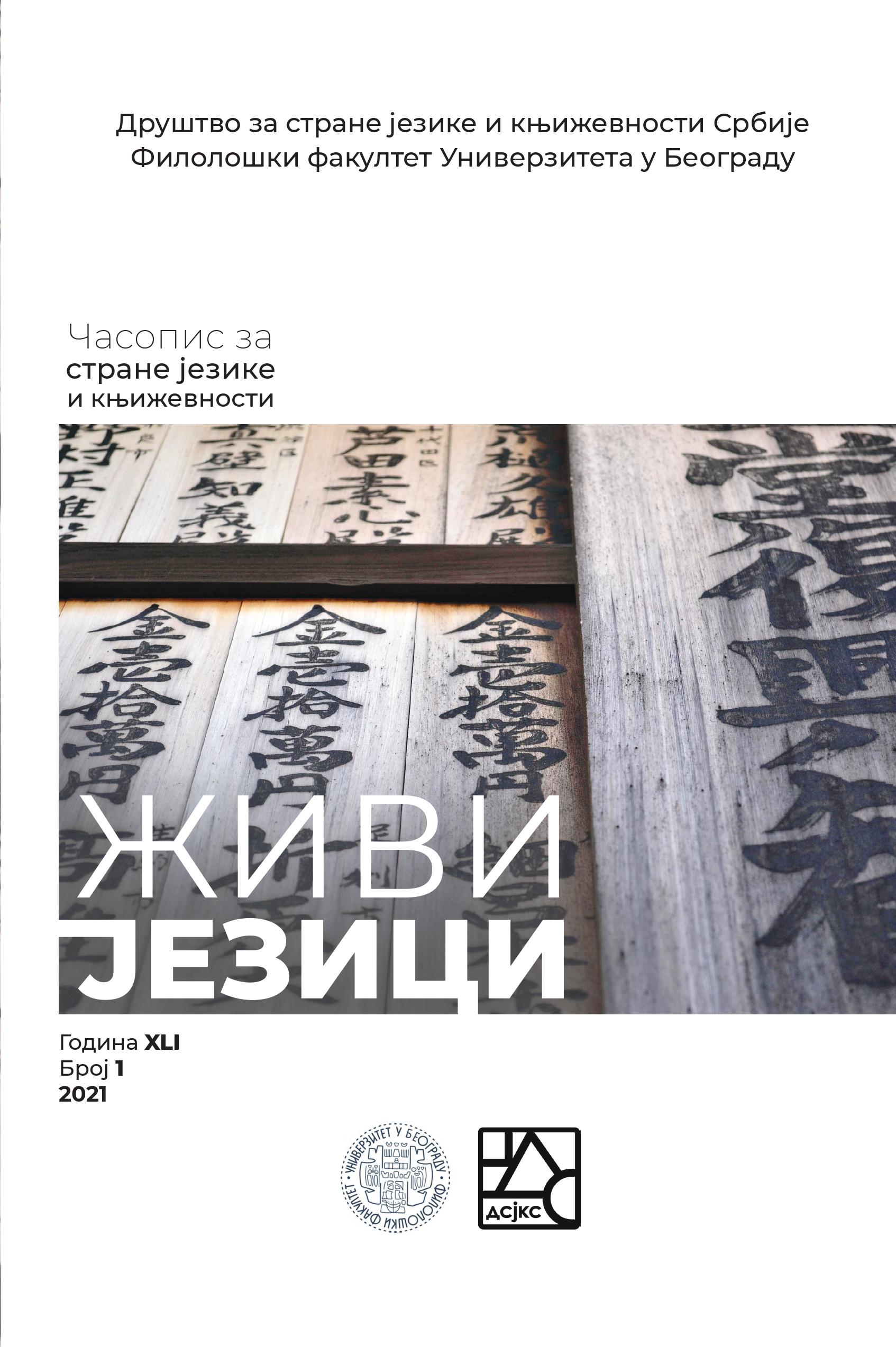CONCEPT AND SIGNIFICANCE OF SECONDARY SCHOOL MAGAZINES IN RUSSIAN LANGUAGE TEACHING – AN EXAMPLE OF PHILOLOGICAL HIGH SCHOOL
DOI:
https://doi.org/10.18485/zivjez.2021.41.1.10%20Keywords:
journal, Philological Gymnasium, Russian language, teaching methodology of foreign language, talented studentsAbstract
The subject of our research is the magazine Luch, published during 1990–1998. years by students of the Philological Gymnasium. In 1992 school published six school magazines. The mentioned magazine was and remains the only example of a school newspaper in a Serbian high school that was published in Russian. Conceived as a literary-artistic-humorous magazine, it contained: current events from school, literary and authorial texts, linguоcultural texts, a translation workshop and a humorous part. The fourth issue brings a significant interview with prof. Andrej Tarasjev, the only one who found himself in a school magazine. Due to the lack of material resources, unfavorable social circumstances and other factors, in 1998 the publication of this magazine was stopped. It was not until 2008 that the school administration launched Logos, a new magazine of a different conception. This journal combines the creative work and research work of students of the Philological Gymnasium in the field of foreign languages, cultures and civilizations. With a more serious and orderly design, the Logos was enriched with the following sections: Contemporary Literature; Translation skills; Our thoughts, our words; Linguistic curiosities; Successes; Mythology etc. The most probable reasons for the cessation of publishing Logos are the publication of other school literature. In conclusion, we have shown that the analysis of school magazines opens new views on the student interests that shaped them and school life in general. Magazines occupy an imoprtant place in foreign language teaching because we use them to form versatile personalities.


